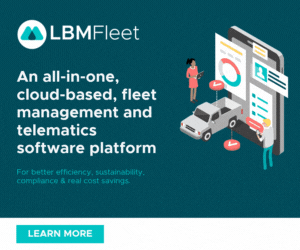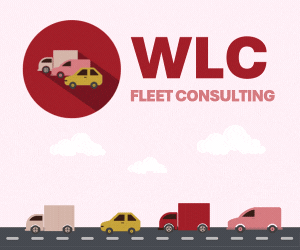This article was first published on the May 2023 edition of FleetDrive
Transitioning from traditional gasoline or diesel-fueled vehicles to electric vehicles presents several challenges for businesses. Here are three key challenges that companies face when pursuing fleet electrification:
Upfront Costs: One of the main challenges of fleet electrification is the upfront cost of purchasing electric vehicles. However, while it is true that EVs are generally double the price of their ICE equivalents, they have lower running costs. This means that their whole-of-life cost is also lower depending on vehicle retention period.
There may be additional costs associated with the installation of charging infrastructure, which can also be a significant expense. Companies may need to install charging stations at their facilities or provide employees with access to public charging stations, which can add to the overall cost of the transition to electric vehicles.
Range Anxiety: Another challenge of fleet electrification is range anxiety, or the fear that an electric vehicle will run out of charge before reaching its destination. This can be particularly problematic for fleets that need to travel long distances or operate in remote areas where charging infrastructure is limited. Range anxiety can also be a concern for businesses that require their vehicles to be on the road for extended periods without the ability to recharge.
Businesses may need to carefully plan routes and schedules to ensure that their electric vehicles can reach their destination without running out of charge, which can be time-consuming and require additional resources. The good news is that EV battery technology is continually evolving. We’re starting to see better range, faster charging, and confidence in longer life spans for batteries today.
Charging Infrastructure: The availability and accessibility of charging infrastructure is another challenge for fleet electrification.
While the number of charging stations has increased in recent years, there are still limitations to the availability of charging infrastructure, particularly in certain geographic areas or for certain types of vehicles. This can be a significant concern for fleets that need to travel long distances or operate in remote areas. But with the EV charging network continuing to expand across the states and territories, we’ll be seeing more charging stations that can service our electric fleet soon.
Beating the Odds
To overcome these challenges, businesses pursuing fleet electrification must carefully consider their options and develop a comprehensive plan that considers the upfront costs, range anxiety, and charging infrastructure limitations. This may involve investing in electric vehicles gradually over time, starting with a small number of vehicles and gradually expanding the fleet as charging infrastructure becomes more widely available and affordable.
It may also involve investing in charging infrastructure at company facilities or partnering with other businesses or organizations to share infrastructure costs. Finally, it is important for businesses to provide training and support for employees who may be unfamiliar with electric vehicles or charging infrastructure, to ensure that they can use the vehicles safely and effectively.
Despite these challenges, fleet electrification presents a significant opportunity for businesses to reduce their carbon footprint and demonstrate their commitment to sustainability. By carefully planning and implementing a comprehensive strategy for fleet electrification, businesses can overcome these challenges and reap the benefits of electric vehicles, including lower operating costs, reduced maintenance costs, and improved environmental performance.




















